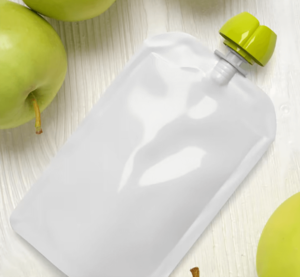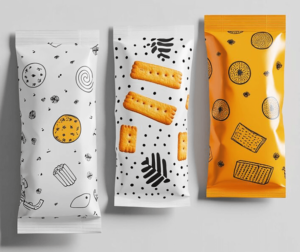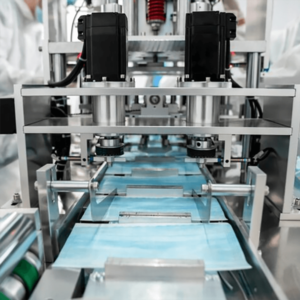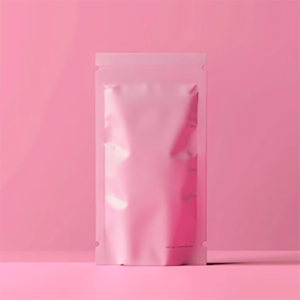In the world of packaging, stationery, and even crafts, making paper water resistant is often a necessity. Traditionally, laminating—a process that bonds a layer of plastic to paper—has been the go-to solution. But as sustainability becomes a pressing concern, businesses and individuals alike are seeking alternatives that don’t involve laminating. The good news? There are several innovative methods to make paper water resistant without adding plastic layers, and many of them are both eco-friendly and cost-effective. Let’s explore these options and the science behind them.
Why Avoid Laminating Paper?
Before diving into the alternatives, it’s important to understand why avoiding lamination is increasingly important. Laminating paper often involves using polyethylene or other types of plastic films that make recycling nearly impossible. Laminated products usually end up in landfills, contributing to long-term environmental damage. Additionally, laminating machines and materials require energy and resources, further increasing the carbon footprint. As consumer demand for sustainable products grows, the industry is under pressure to find alternatives that deliver functionality without compromising recyclability or biodegradability.
What Does “Water Resistant” Really Mean?
Water resistance doesn’t mean waterproof. A waterproof material is completely impervious to water, while a water-resistant material can repel or slow water penetration to some extent. The goal for water-resistant paper is to create a protective barrier that prevents water damage while maintaining the paper’s usability and, ideally, its recyclability or compostability.
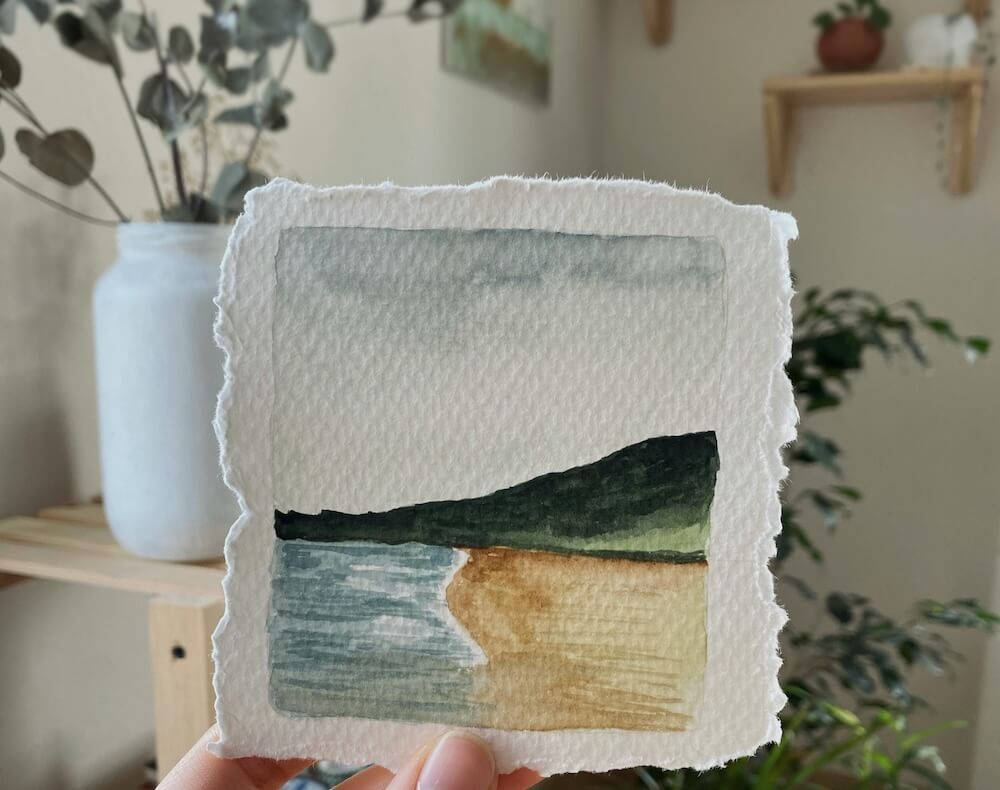
Innovative Methods to Make Paper Water Resistant Without Laminating
Here are some tried-and-true techniques and innovative approaches to create water-resistant paper without resorting to lamination:
- Wax Coating
Wax coating is one of the oldest methods for making paper water resistant. By applying a thin layer of wax—such as paraffin wax or beeswax—the surface of the paper becomes hydrophobic, meaning it repels water. This method is often used for packaging, especially in the food industry, as it provides excellent moisture resistance.- Pros: Wax-coated paper is compostable if natural waxes like beeswax are used. It’s also relatively easy to apply at scale.
- Cons: Waxed paper can become greasy over time and isn’t heat-resistant. The coating can also rub off under heavy use.
- Silicone Coating
Silicone is another material commonly used to make paper water resistant. A silicone layer forms a durable, flexible coating that can repel water effectively. This method is often used for baking parchment and industrial applications.- Pros: Heat-resistant and non-stick properties make silicone-coated paper versatile.
- Cons: Silicone-coated paper is not always biodegradable and may not be recyclable depending on local facilities.
- Plant-Based Coatings
In recent years, plant-based coatings have gained traction as an eco-friendly alternative to plastic. These coatings are made from natural materials like soy wax, corn starch, or cellulose. Once applied to paper, they create a water-resistant barrier that’s fully compostable and biodegradable.- Pros: Sustainable, renewable, and biodegradable. Ideal for environmentally conscious consumers.
- Cons: May not offer the same level of water resistance as synthetic options.
- Resin Treatments
Natural or synthetic resins can also be applied to paper to increase water resistance. Resins penetrate the paper fibers and create a semi-permeable barrier that slows water absorption.- Pros: Effective for long-term use and industrial applications.
- Cons: Synthetic resins can be difficult to recycle and may not be biodegradable.
- Paper Impregnation with Waterproofing Agents
Instead of coating the surface, some methods involve impregnating the paper with waterproofing agents. This is done by soaking or spraying the paper with substances like linseed oil, shellac, or PVA (polyvinyl alcohol). The agents bond to the fibers and create water resistance from within.- Pros: Creates a more durable, water-resistant product that doesn’t peel or crack.
- Cons: The sustainability of the method depends on the type of agent used.
- Superhydrophobic Nanotechnology
At the cutting edge of material science is the use of nanotechnology to make paper superhydrophobic. Nanocoatings create microscopic structures on the paper surface that repel water droplets by minimizing surface contact.- Pros: Extremely effective and long-lasting. Could revolutionize water-resistant packaging.
- Cons: Expensive and not yet widely available for mass production. Questions about recyclability and biodegradability remain.

Key Takeaway: The Future of Water-Resistant Paper Lies in Sustainable Innovation
Making paper water resistant without laminating it is achievable through various methods, including wax coatings, plant-based solutions, and advanced nanotechnology. The best choice depends on the application and the need to balance functionality with environmental sustainability.
Factors to Consider When Choosing a Method
When selecting a method to make paper water resistant, several factors come into play:
- Application: Is the paper being used for food packaging, printing, or outdoor signage? Each application has different durability and safety requirements.
- Cost: While advanced solutions like nanotechnology are promising, they may not yet be economically viable for all businesses.
- Environmental Impact: Companies must consider whether the chosen method aligns with their sustainability goals, such as recyclability, biodegradability, and reduced carbon footprint.
- Scalability: Can the method be easily scaled for mass production? Some processes, like plant-based coatings, may be better suited for large-scale use than others.
Solutions for Manufacturers and Consumers
For manufacturers, the focus should be on innovation and collaboration. Investing in research and development for sustainable water-resistant coatings will not only reduce environmental impact but also align with growing consumer demand for eco-friendly products. Partnering with academic institutions and material scientists can accelerate progress in this area.
For consumers, supporting brands that use sustainable packaging solutions is a simple but impactful step. Educating oneself about different materials and their recyclability can also help make more informed purchasing decisions.
Final Thoughts
The demand for water-resistant paper isn’t going anywhere, but the methods to achieve it are evolving. Moving away from laminating toward sustainable, eco-friendly solutions is not just a trend—it’s a necessity. Whether through wax coatings, plant-based alternatives, or cutting-edge nanotechnology, there are numerous ways to make paper water resistant without compromising the environment.
As the industry continues to innovate, businesses that embrace these solutions will lead the charge in creating a more sustainable future. The next time you need water-resistant paper, think beyond lamination—because the future of paper is greener than ever.

